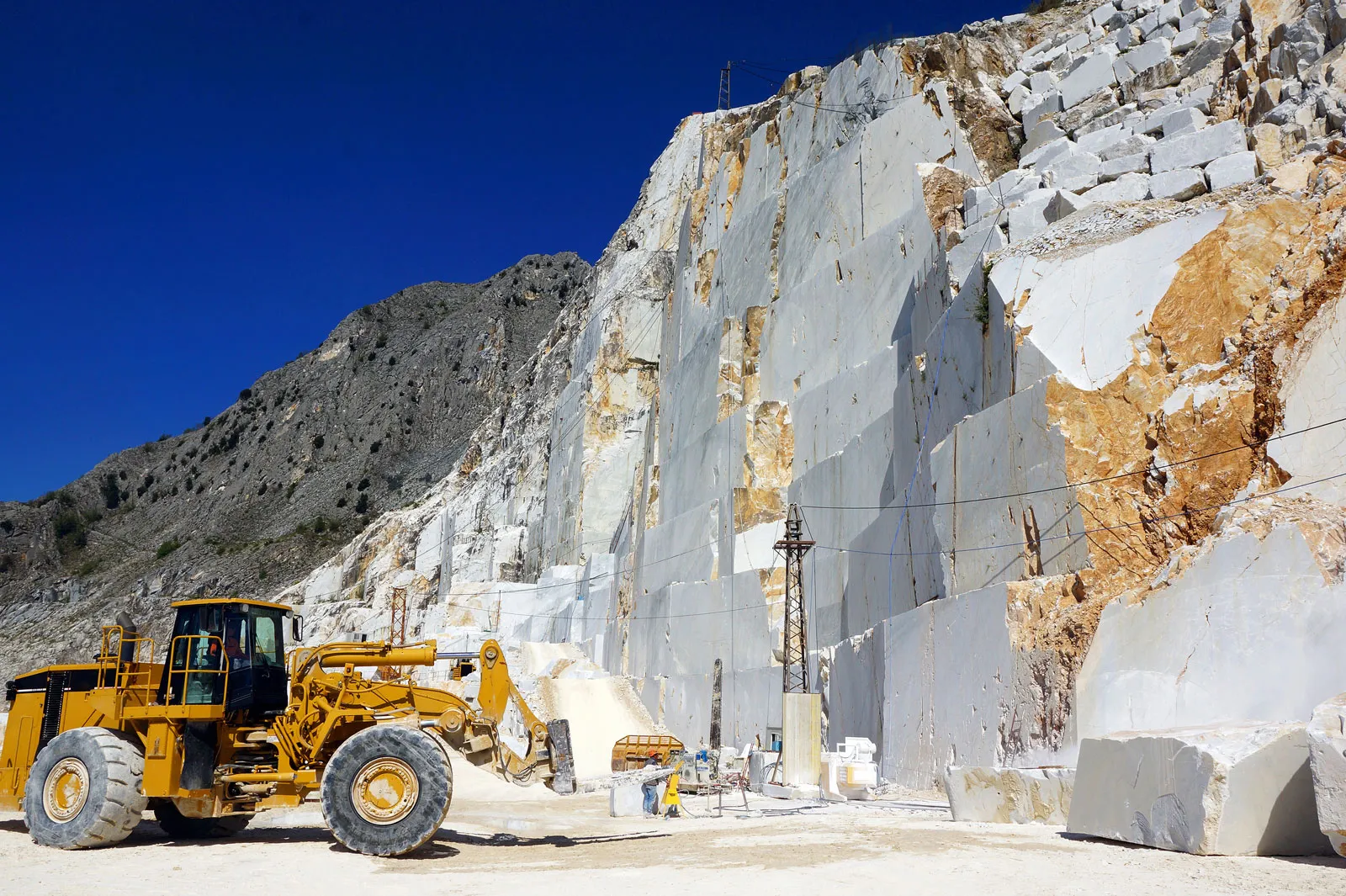Marble, granite, and quartz are all popular choices for countertops and other surfaces in homes and businesses. While they may look similar at first glance, these materials have unique characteristics and properties that set them apart from one another. In this article, we'll explore the differences between marble, granite, and quartz to help you choose the best material for your needs.
Granite
Granite is a natural stone that is formed under high heat and pressure. However, granite is made up of different minerals than marble, which gives it a distinct look and feel. Granite is known for its durability and strength, making it a popular choice for use in kitchens and other high-traffic areas.

One of the main benefits of granite is its resistance to scratches and chips. It is also less porous than marble, which means that it is less likely to stain. This makes granite a low-maintenance option that is easy to care for.
Another advantage of granite is its wide range of colors and patterns. From classic black and white to more exotic hues like blue or green, there is a granite option to suit any taste or decor style.
However, one potential drawback of granite is that it can be quite heavy and difficult to install. It also requires professional sealing to prevent staining and to maintain its appearance over time.
Quartz
Quartz is a man-made material that is made up of crushed quartz crystals and resin. It is designed to mimic the look and feel of natural stone, but with added durability and resistance to stains and scratches. Quartz is a popular choice for use in kitchens and bathrooms, as well as in commercial settings.

One of the main benefits of quartz is its low maintenance requirements. It is a non-porous material that is resistant to stains, making it easy to clean and care for. It is also highly durable and resistant to scratches and chips, which makes it a great choice for high-traffic areas.
Another advantage of quartz is its versatility. It is available in a wide range of colors and patterns, and can be made to mimic the look of natural stone or to suit more modern or contemporary decor styles.
However, one potential drawback of quartz is that it can be more expensive than natural stone options like marble or granite. It also has a slightly different feel than natural stone, which some people may prefer over quartz.
Marble
Marble is a natural stone that is formed from limestone under high heat and pressure. It is known for its elegant and luxurious appearance, with a unique veining pattern that makes each piece of marble one-of-a-kind. Marble is often used in high-end homes and businesses for its beauty and sophistication.

One of the main benefits of marble is its heat resistance, which makes it an ideal choice for use in kitchens and bathrooms. Marble also has a natural coolness to the touch, which can be a plus in warm climates. However, marble is a porous material that can be prone to staining, so it requires regular sealing and maintenance to keep it looking its best.
Another potential downside of marble is that it is relatively soft and can scratch or chip easily. This means that it may not be the best choice for high-traffic areas or for use in homes with young children or pets.
Choosing the right material
When it comes to choosing the right material for your needs, there are a few factors to consider. First, consider the look and feel that you want for your space. Do you prefer the natural beauty of marble or granite, or the more consistent appearance of quartz? Also consider your lifestyle and the amount of maintenance that you are willing to do. If you want a low-maintenance option, quartz may be the best choice. Finally, consider your budget and any installation or maintenance costs that may be involved.
